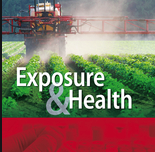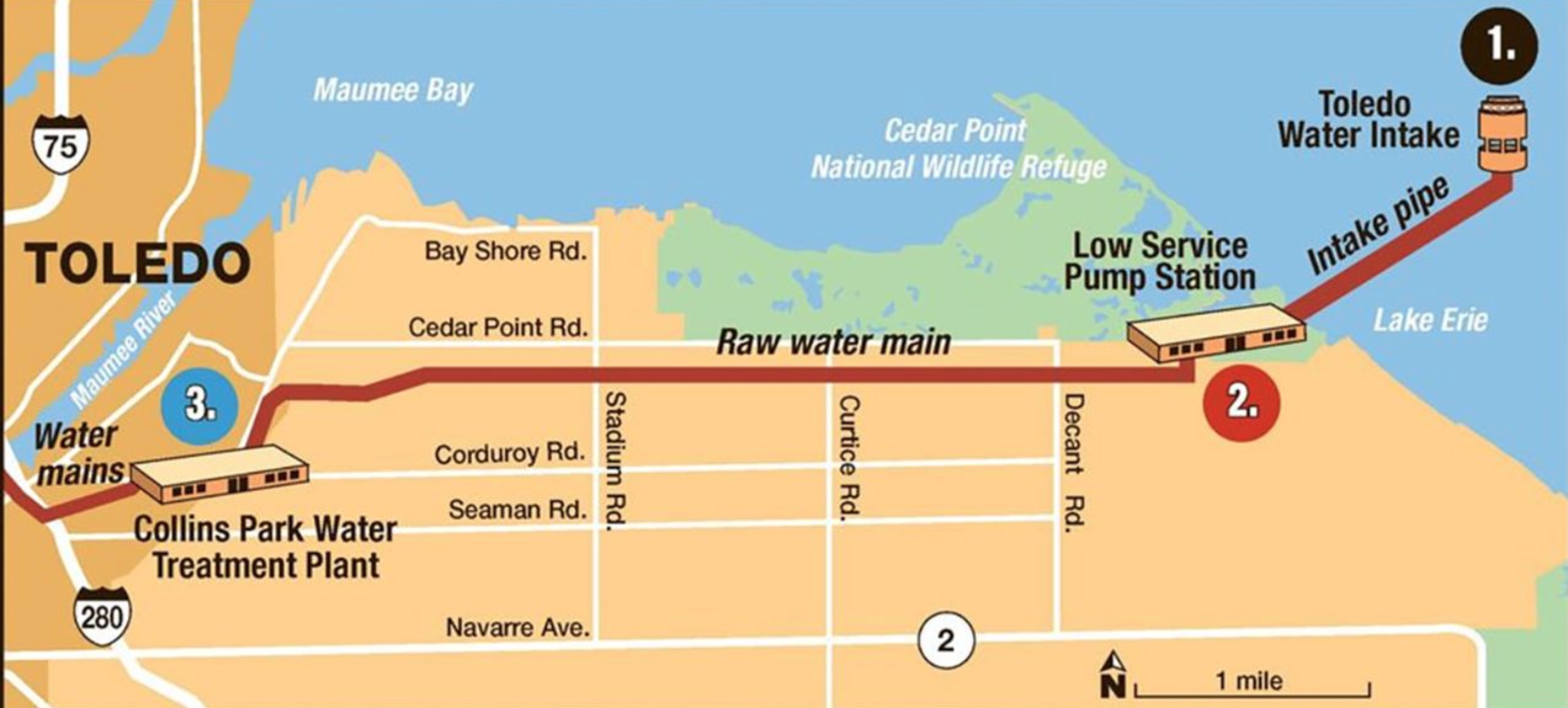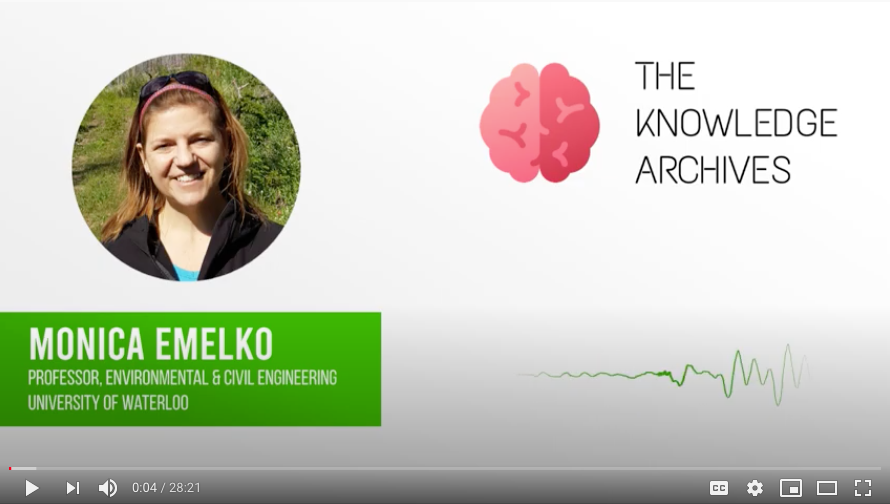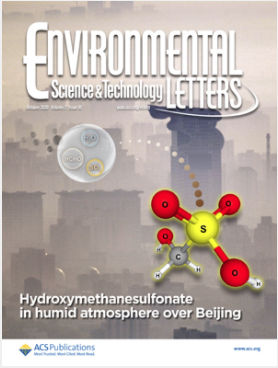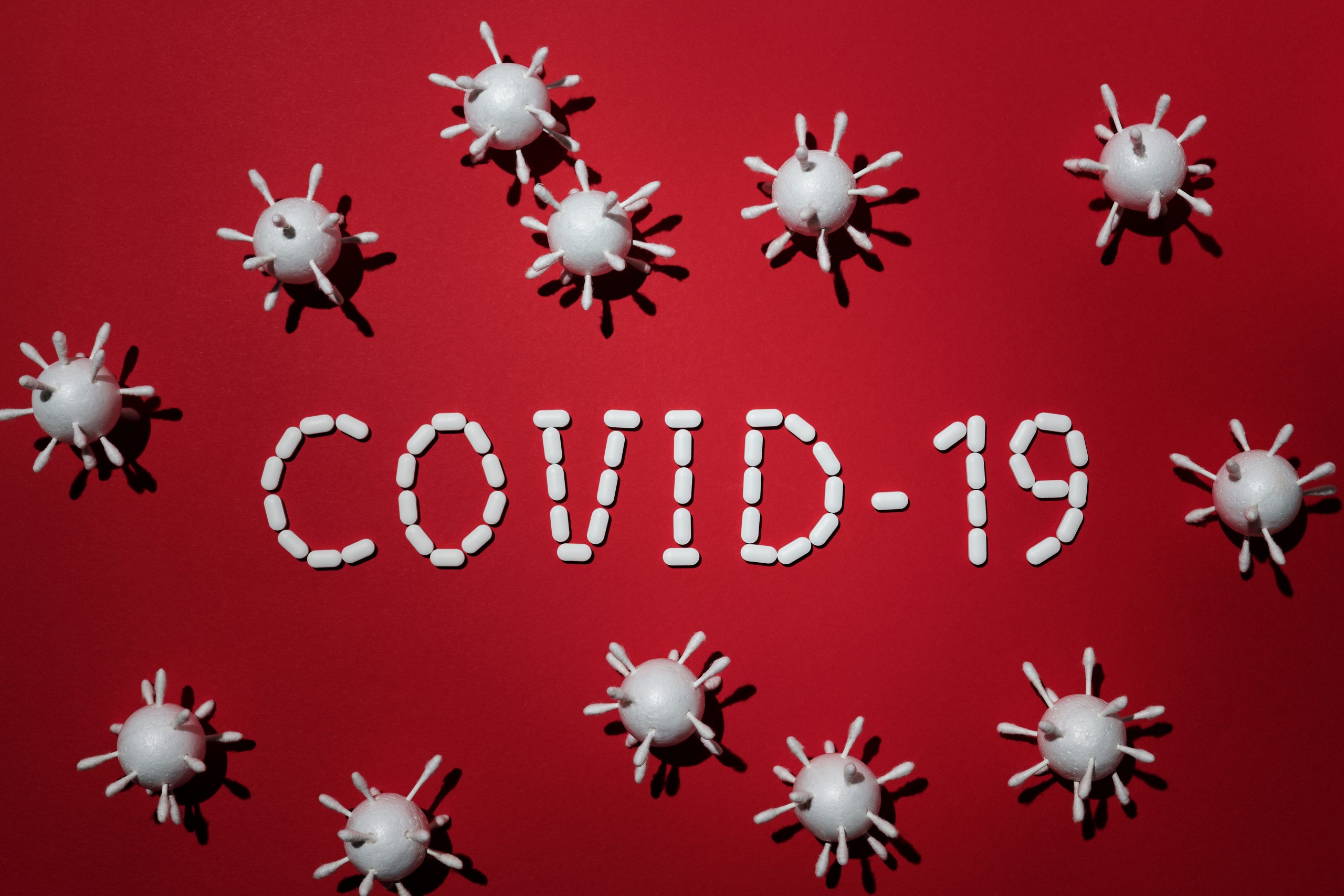Latest Publications
Praesent lectus leo, convallis id neque nec, ultrices euismod nibh. Sed ac rhoncus quam. Fusce tristique tellus diam, vel porta eros iaculis vitae.
Probable Evidence of Fecal Aerosol Transmission of SARS-CoV-2 in a High-Rise Building
A recently published peer reviewed paper in the journal ‘Annals of Internal Medicine’ reports that “on the basis of circumstantial evidence, fecal aerosol transmission may have caused the community outbreak of COVID-19 in this high-rise building.” Fecal aerosolization and droplet production are nothing new when it comes to our understanding of pathogen risks, with some early papers having been published nearly 50 years ago.
Oral Microcystin‑LR Does Not Cause Hepatotoxicity in Pigs: Is the Risk of Microcystin‑LR Overestimated?
A key and somewhat unexpected outcome was that “no evidence of hepatotoxicity was found. These results shed more light onto the effects (or lack of effects) of low-dose oral microcystin-LR exposure. The data suggest that the risk of oral microcystin-LR exposure may be overestimated.” Hepatotoxicity is an important consideration for regulation.
Dissolved Microcystin Release Coincident with Lysis of a Bloom Dominated by Microcystis caused by a Novel Cyanophage (virus)
The study reports that “viral attack on cHABs may contribute to changes in community composition during blooms, as well as bloom decline, yet loss of bloom biomass does not eliminate the threat of cHAB toxicity. Rather, it may increase risks to the public by delivering a pool of dissolved toxin directly into water treatment utilities when the dominating Microcystis spp. are capable of producing microcystins.
Monica Emelko interviewed on The Knowledge Archives podcast
The Knowledge Archives host, Madhav Malhotra, recently sat down with Water Science, Technology, and Policy (Water STP) leader Monica Emelko to discuss her research as well as the future of engineering & applied science in a changing climate.
Population-Wide Exposure to Per- and Polyfluoroalkyl Substances from Drinking Water
an interesting ‘perspective’ on lead in drinking water appeared in today’s Proceedings of the National Academy of Sciences (PNAS). It appears to be freely accessible. It starts with “How Flint Happened, How it Happens Today, and How to Stop it Tomorrow” and ends with a “Call for Renewed Commitment to Lead Corrosion Science and Engineering.
Persistence of SARS-CoV-2 in Water and Wastewater
an interesting ‘perspective’ on lead in drinking water appeared in today’s Proceedings of the National Academy of Sciences (PNAS). It appears to be freely accessible. It starts with “How Flint Happened, How it Happens Today, and How to Stop it Tomorrow” and ends with a “Call for Renewed Commitment to Lead Corrosion Science and Engineering.
In The Press
Praesent lectus leo, convallis id neque nec, ultrices euismod nibh. Sed ac rhoncus quam. Fusce tristique tellus diam, vel porta eros iaculis vitae.
On-Going Research
Praesent lectus leo, convallis id neque nec, ultrices euismod nibh. Sed ac rhoncus quam. Fusce tristique tellus diam, vel porta eros iaculis vitae.
Probable Evidence of Fecal Aerosol Transmission of SARS-CoV-2 in a High-Rise Building
A recently published peer reviewed paper in the journal ‘Annals of Internal Medicine’ reports that “on the basis of circumstantial evidence, fecal aerosol transmission may have caused the community outbreak of COVID-19 in this high-rise building.” Fecal aerosolization and droplet production are nothing new when it comes to our understanding of pathogen risks, with some early papers having been published nearly 50 years ago.
Oral Microcystin‑LR Does Not Cause Hepatotoxicity in Pigs: Is the Risk of Microcystin‑LR Overestimated?
A key and somewhat unexpected outcome was that “no evidence of hepatotoxicity was found. These results shed more light onto the effects (or lack of effects) of low-dose oral microcystin-LR exposure. The data suggest that the risk of oral microcystin-LR exposure may be overestimated.” Hepatotoxicity is an important consideration for regulation.
Dissolved Microcystin Release Coincident with Lysis of a Bloom Dominated by Microcystis caused by a Novel Cyanophage (virus)
The study reports that “viral attack on cHABs may contribute to changes in community composition during blooms, as well as bloom decline, yet loss of bloom biomass does not eliminate the threat of cHAB toxicity. Rather, it may increase risks to the public by delivering a pool of dissolved toxin directly into water treatment utilities when the dominating Microcystis spp. are capable of producing microcystins.
Monica Emelko interviewed on The Knowledge Archives podcast
The Knowledge Archives host, Madhav Malhotra, recently sat down with Water Science, Technology, and Policy (Water STP) leader Monica Emelko to discuss her research as well as the future of engineering & applied science in a changing climate.
Population-Wide Exposure to Per- and Polyfluoroalkyl Substances from Drinking Water
an interesting ‘perspective’ on lead in drinking water appeared in today’s Proceedings of the National Academy of Sciences (PNAS). It appears to be freely accessible. It starts with “How Flint Happened, How it Happens Today, and How to Stop it Tomorrow” and ends with a “Call for Renewed Commitment to Lead Corrosion Science and Engineering.
Persistence of SARS-CoV-2 in Water and Wastewater
an interesting ‘perspective’ on lead in drinking water appeared in today’s Proceedings of the National Academy of Sciences (PNAS). It appears to be freely accessible. It starts with “How Flint Happened, How it Happens Today, and How to Stop it Tomorrow” and ends with a “Call for Renewed Commitment to Lead Corrosion Science and Engineering.
Discover The Future
We are a multi-disciplinary laboratory committed to focussed and efficient drug discovery


